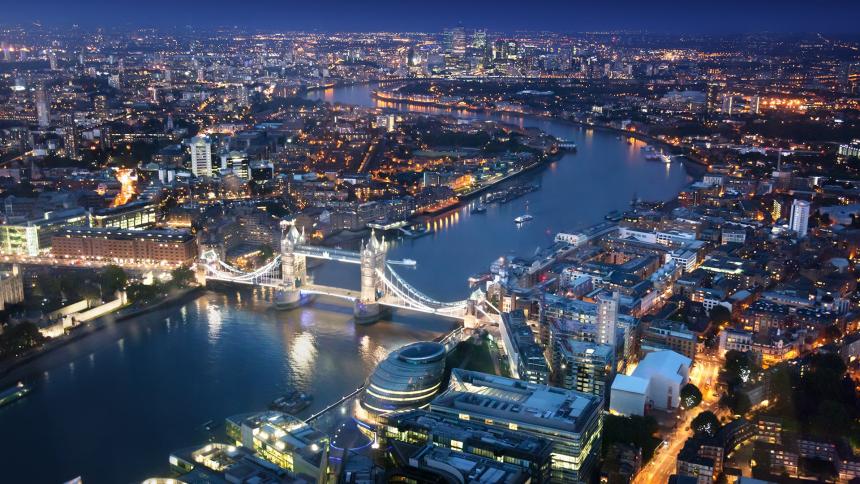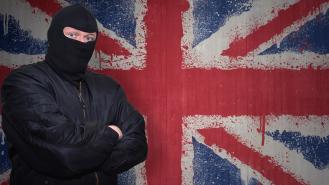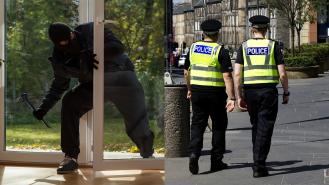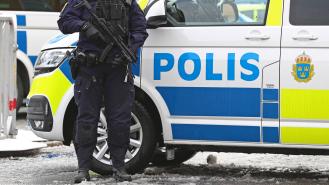
The truth about London's gangland underbelly
There are hundreds of criminal gangs in London. Some consist of nothing more than just a few young men from the same street, estate, or postcode clubbing together to sell drugs. Others can be large and complex organisations that make tens of millions of pounds a year and have a global reach. All are dangerous. All work to the detriment of the city, country, and world they operate in.
The London gangs that hit the news are generally the street crews that make their money peddling Class A and B drugs. Turf warfare can be messy and headline-making. 200+ individual groups working within a few hundred square miles, all running the same business with overlapping territories. It’s a recipe for disaster. And so it proves almost every time a young person is shot or stabbed in the capital.
2021 saw a depressing record broken. Last year, more teenagers were murdered in London than in any year since the Second World War. Of the city’s 122 murder victims, a quarter of them were teens. Yet, out of the general population, 13-19 year-olds account for less than 8% of the population of the city. Gangs are at the heart of the issue. A third of those 122 murders have since been linked to them.
The Metropolitan Police attempts to keep up with the territories, gangs, and beefs, but it’s an ever-changing picture. The London gang scene is a nebulous and mysterious organism that does its best to stay hidden from the authorities. Intimidation and threats keep members, ex-members, and even the public quiet. Fear has always been a key tool for the survival of any criminal enterprise. Wherever they're from.
Away from the headlines and the street crews, there’s a whole other inner world when it comes to London’s gangland. A much more clandestine one with even higher stakes. Forget romantic ideas of 1960s gangsters in sharp suits having cups of tea with their mums. Organised crime in London is an altogether different beast in the 21st century.
Unless you have access or know exactly where to look, you’re unlikely to witness very much of London’s various illegal operations run by foreign gangs. Understandably, discretion is something of a watchword to those that make their living in the criminal underworld.
The drug trade in Britain is worth almost £12bn a year. Increasingly, the underground industry is controlled by foreign interests. Striving to run as much of it as they can are criminal organisations originating from all over the globe. According to the National Crime Agency's Organised Crime Group Mapping project those countries include:
● Albania
● Turkey
● Cyprus
● Poland
● Kosovo
● Pakistan
● India
● Sri Lanka
● Bangladesh
● Armenia
● Romania
● Bulgaria
● Italy
● Vietnam
● West Indies
● Nigeria
● Somalia
● Russia
● Chile
● The Netherlands
● Colombia
● Lithuania
It’s not just drugs that prove lucrative for these London-based organised crime groups (OCGs). There are many other avenues that these gangs explore, including:
● Firearms
● Cybercrime
● Money laundering
● Fraud
● Counterfeiting
● Bribery and corruption
● Modern slavery
● Human trafficking
● Sexual exploitation
● Burglary
● Theft/fencing
● Smuggling
While it can be difficult to keep up with which criminal group is breaking which major law and to what degree, the Met does its best. The police concentrate a lot of time and resources on monitoring and shutting down criminal gangs wherever they can. They’re pretty successful too.
The trouble is, every time a gang is shut down or stymied, a vacuum is created. The crimes that gang would have committed are taken on by another group. Often, the police stop the smaller outfits as they’re easier to target. The trouble with this tactic is that the larger organisations then take on the business effectively left vacant.
This leads to growth and strengthening. Soon, you have fewer OCGs in number, but those that still exist are wealthier, more organised, and bigger than before. Effective but ‘low-hanging fruit’ policing often leads to the creation of monopolised crime.
We know that drugs are the main interest of London’s foreign criminal operators. So how does it work…?
Cocaine, worth around £5bn a year, is - of course - produced in South America. Importation and sales at a macro level are generally taken care of by the Albanians. Street-level sales are often the responsibility of British street crews.
With heroin, most of it comes in from western and central Asia. As such, Pakistani and Turkish gangs generally control the importing and distributing of the poppy-based Class A drug in the capital.
With cannabis, much of what’s sold in London is homegrown, with both British and foreign operations running. Vietnamese gangs are dominant here, along with Albanian and English criminal groups.
Synthetic drugs such as MDMA and amphetamines are often made on the continent (primarily in the Netherlands and Belgium) and shipped in and sold by groups operating out of Eastern Europe.
What does the future look like for criminal gangs in London? Well, more of the same, in all likelihood. Organised crime can only really be managed, never fully eradicated. The Met will no doubt continue to do its best within its budget and ability. But it seems almost certain that, whatever their size, nationality, level of violence, or brazenness, the gangs of London are here to stay.









